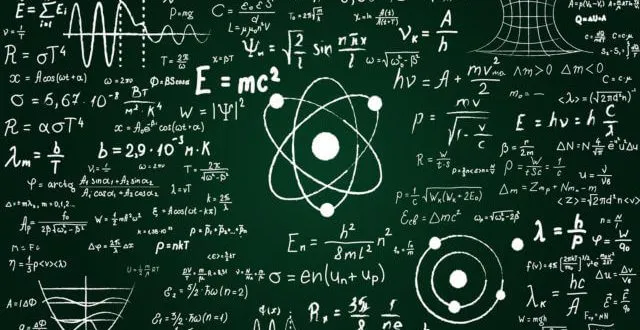Last Updated on September 6, 2025 by Muhamed Elmesery
Physics is the science of nature It is a science that aims to understand how the universe works around us, starting from the atoms to the giant galaxies. It is concerned with studying basic concepts such as energy, force, speed, time, and mass of materials and movement. Through physics equations, scientists try to understand natural phenomena and explain how the universe works.
In this article we will address the most important physics equations that have a great impact in the history of humanity as a whole and are considered the best physics equations.
Pick The Best Virtual Plan for You
Physics is one of the oldest sciences in history, beginning in the Middle Ages and classified as a modern science in the 17th century. Physics has a distinct place in human thought as it also had an influence on some other scientific and non-scientific fields such as philosophy, mathematics, and biology.
Today, physicists are divided into two complementary disciplines: theoretical physics and experimental physics. Theoretical physics deals with the development of theories based on mathematical models, while experimental physicists test these theories and develop different applications for these theories.
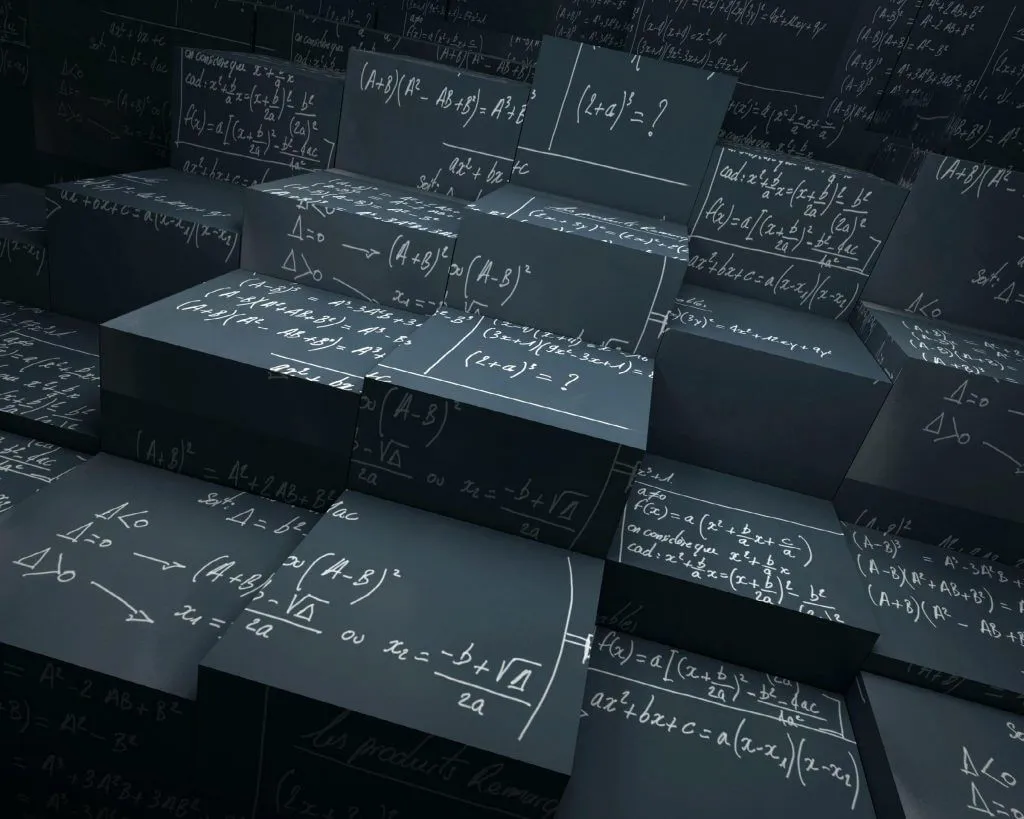
Table of Contents
What are physics equations ?
Before we start discussing the most important physics equations, we must know what is meant by physics equations?
A physics equation is a mathematical equation that describes or predict a range of natural phenomena. It is based on repeated experiments or observations that describe some aspect of the natural world.
Now, we will discuss 5 of the most Important Scientific Equations in physics.
5 Most Important Physics Equations in History
Einstein’s Energy-Mass Equivalence
Albert Einstein is a physicist born in Germany to Jewish parents. He is known as the father of relativity, as he was the author of theories of special relativity and general relativity, the basis of modern theoretical physics. He was awarded the Nobel Prize in Physics in 1921 for a paper about the photoelectric effect.
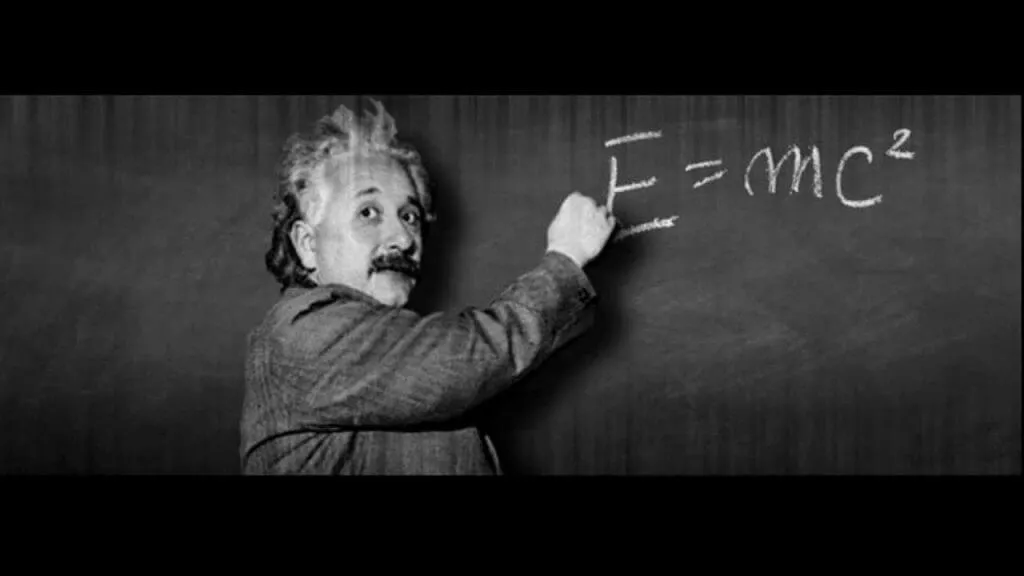
In 1905, Einstein published his most important research paper – if not the most important research paper in history – under the title:
Ist die Trägheit eines Körpers von seinem Energieinhalt abhängig? Which translates to “Does the body depend on its energy?”. He did not know that his paper would cause the deaths of more than 200,000 Japanese during WWII. In this paper Einstein explained that mass and energy are two sides of the same coin, as the mass can turn into energy and vice versa. This equation has been a landmark in human history and became one of the most important equations in physics . On one hand, they used it to manufacture the deadliest weapon in history, and, on the other hand, they use it as a peaceful way of generating energy.
Newton’s Second Law
Sir Isaac Newton is an English scientist, one of the most important physicists in history, and one of the symbols of the scientific revolution. He founded most of the principles of classical mechanics. Newton also made many important contributions to the field of optics and shared the foundations of calculus with Gottfried Leibniz.

Newton’s Second Law is one of the oldest physical laws developed by Sir Isaac Newton in Principia in 1687, which allows the motion of objects subjected to forces to be calculated. This law is considered one of the most famous physics equations, as it has helped develop many sciences such as aerospace engineering, and paved the way for the automotive industry, trains, aircraft, satellites, space shuttle and others. The second law of Newton states that the rate of change of the momentum of a body is directly proportional to the force applied to it, and this change in momentum takes place in the direction of the applied force.
PraxiLabs Helps You Conduct 3D Science Experiments Anywhere Via Interactive Virtual Labs
The Schrödinger Equation
Ervin Schrödinger was born on August 12, 1887 in Austria, and he has many contributions to quantum mechanics, especially the Schrödinger equation. He won the Nobel Prize in Physics in 1933 for this equation.
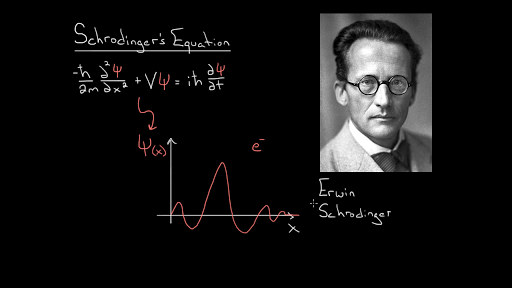
When physicists began studying the world on a very small scale, they began studying the electrons that revolve around the nucleus of the atom. At this atomic level, there were strange behaviors that Newton’s laws could not predict or be applied to. Therefore, it was necessary to develop new equations to interpret these phenomena on such scales. They needed the theory of quantum mechanics. The equivalent equation of Newton’s law in the theory of quantum mechanics is the Schrödinger equation, a linear partial differential equation that describes the wave function or state function of a quantum-mechanical system.
Maxwell-Faraday Equation
The Maxwell–Faraday equation (listed as one of Maxwell’s equations) describes the fact that a spatially varying (and also possibly time-varying, depending on how a magnetic field varies in time) electric field always accompanies a time-varying magnetic field, while Faraday’s law states that there is EMF (electromotive force, defined as electromagnetic work done on a unit charge when it has traveled one round of a conductive loop) on the conductive loop when the magnetic flux through the surface enclosed by the loop varies in time.

Generators and motors both make use of Faraday’s Law. The equation by Maxwell became the foundation of power generation hence making Faraday the father of electricity.
Planck’s Equation
Planck’s law describes the spectral density of electromagnetic radiation emitted by a black body in thermal equilibrium at a given temperature T, when there is no net flow of matter or energy between the body and its environment.
This formula is considered one of the most important physics formulas, as it is responsible for the birth of quantum mechanics, also television and solar cells. Max Planck postulated in 1900, that energy was quantised and could be emitted or absorbed only in integral multiples of a small unit, which he called “energy quantum”.
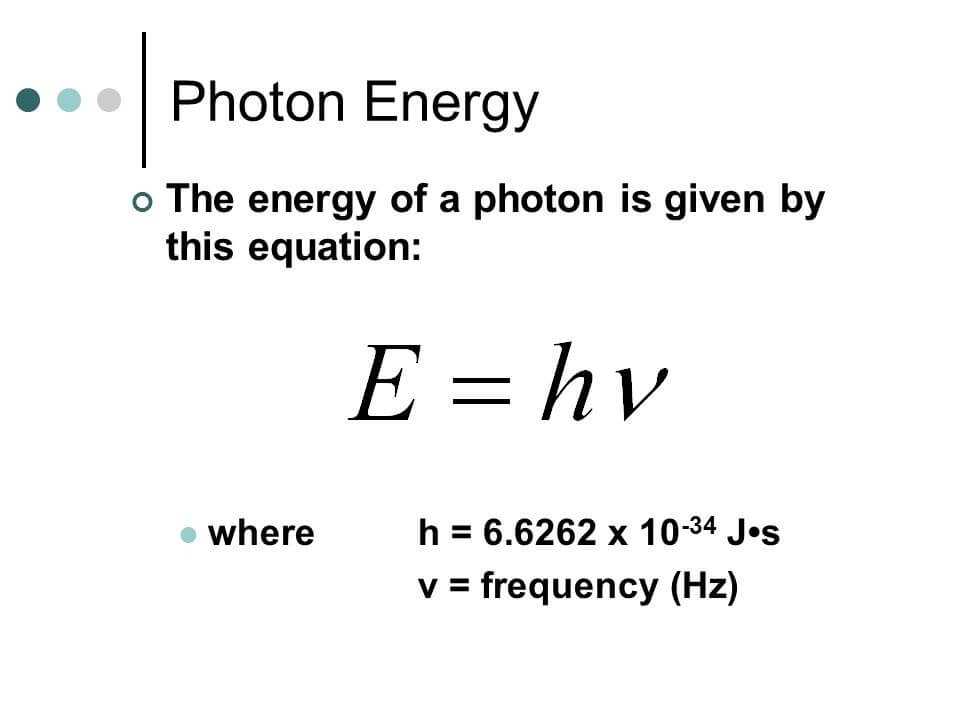
Planck had simply introduced the equation as a trick to solve a problem with black body radiation.
Example of Hard Physics Equations
The Navier-Stokes equations are considered as very hard physics equations and so mathematically challenging. The Clay Mathematics Institute chose it as one of seven “Millennium Prize Problems” endowed with a $1 million reward.
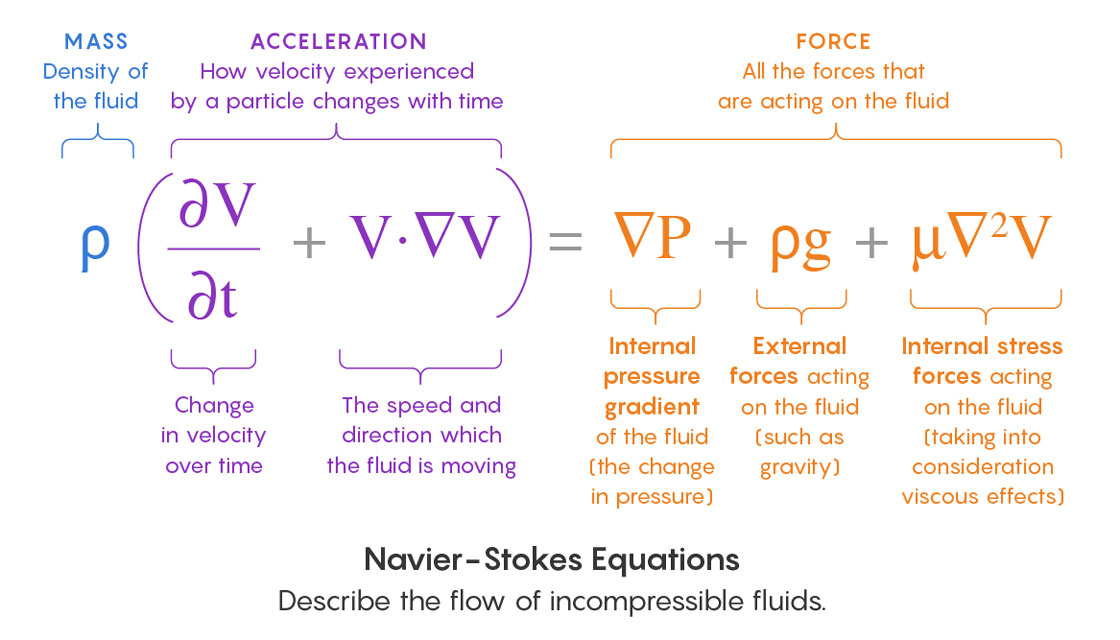
Frequently Asked Questions Related to Most Important Physics Equations
What Is The Most Beautiful Equation in Physics?
There is a psychology experiment that revealed that mathematicians appreciate beautiful equations in the same way that people experience great works of art.
In the experiment, which conjures up a slightly comical scene, mathematicians were hooked up to a functional magnetic resonance imaging (fMRI) machine and asked to view a series of equations. When the subjects looked at equations they had previously rated as beautiful, it triggered activity in a part of the emotional brain associated with the experience of visual and musical beauty.
The formula most commonly rated as beautiful in the study, in both the initial survey and the brain scan, was Euler’s equation, eiπ+ 1 = 0.
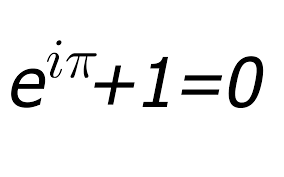
Praxilabs Virtual Physics Lab includes a range of virtual science experiments in physics
 PraxiLabs A virtual world of science
PraxiLabs A virtual world of science

